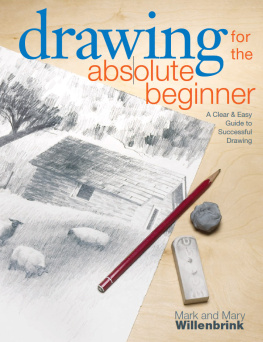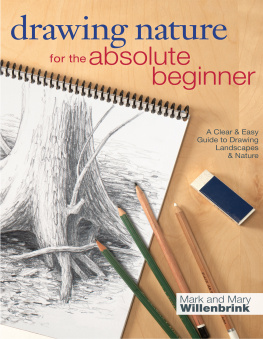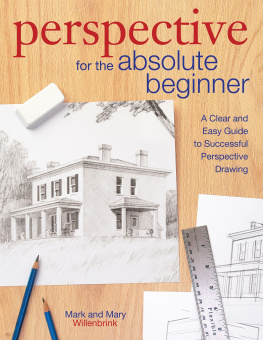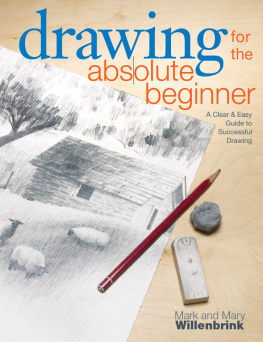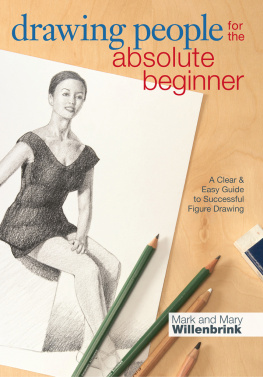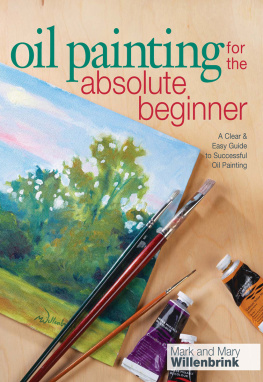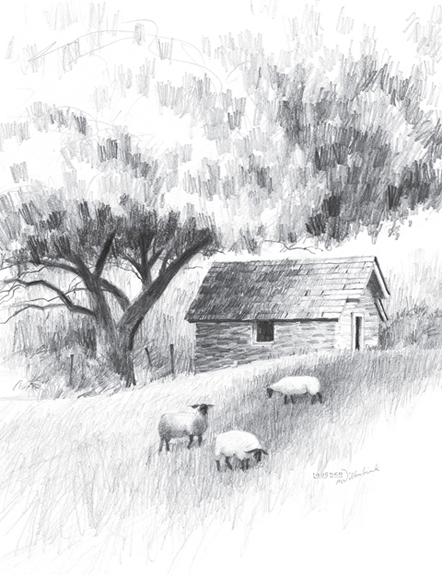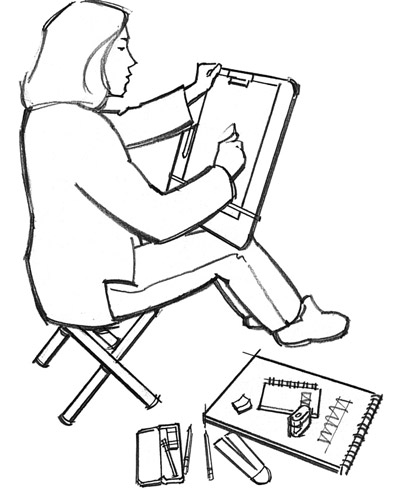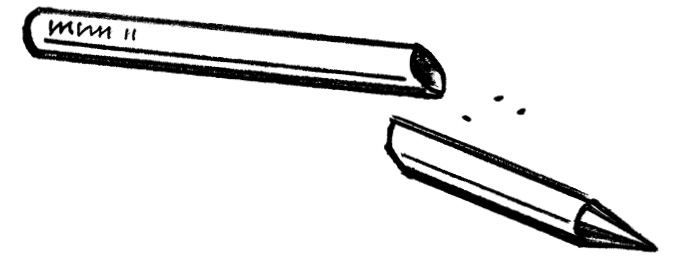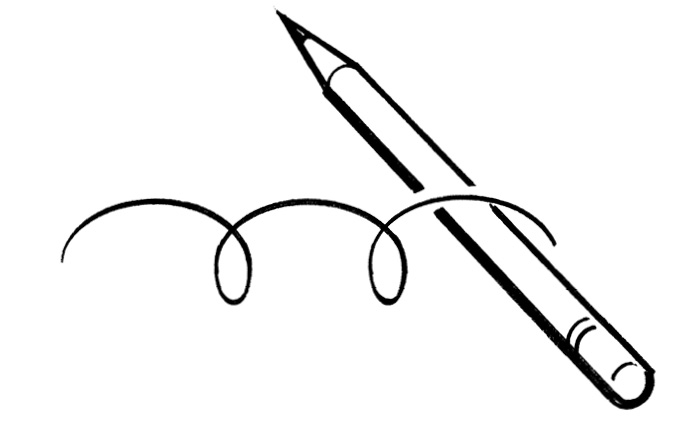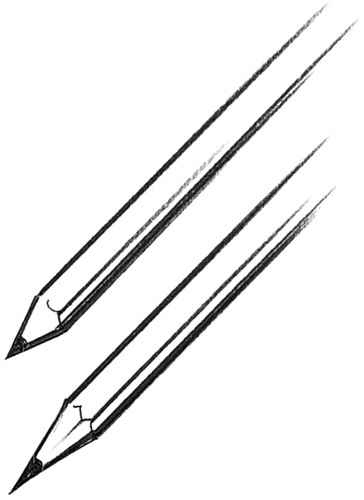Thank you for purchasing this Artist Network eBook.
Sign up for our newsletter and receive special offers, access to free content, and information on the latest new releases and must-have art resources! Plus, receive a coupon code to use on your first purchase from NorthLightShop.com for signing up.
or visit us online to sign up at
http://artistsnetwork.com/ebook-promo
Dedication
Laus Deo
Praise to God
We would like to dedicate this book to our fathers, Roy Willenbrink and Hugh (Bud) Patton, both of whom we love and miss greatly.
Introduction
Do you remember when you got out your crayons and drew pictures as a child? Now maybe you are proudly displaying your children's artwork on the refrigerator door. You love their pictures because you can see their unique expression in the art, even if it looks more like a Picasso than a Rembrandt. You were just as proud of your own artwork at one time but somewhere along the road of life you began to doubt your artistic abilities. Our belief is that everyone is an artist, and that includes you!
The skills necessary for drawing are not limited just to pencil and paper but can be used in other art forms. When you draw, you are interpreting what you observe from your own perspective. With the principles in this book, you will develop your observational skills, learn the proper tools to use, apply different techniques to your drawing and make use of some of the tricks professionals use every day.
You will learn more if you get out your drawing materials and become an active participant rather than if you just passively read through this book. The material is written to be used again and again. By doing the exercises more than once you will be able to witness the improvement of your artwork.
We hope you will regain that childlike passion for doing art and learning without critiquing yourself harshly. We won't make you hang it on the fridge, but we do suggest you save your artwork because it will show your progress and increase your confidence as you go.
- Pencils
- Pencil extender
- Erasers
- Angle ruler
- Pencil box
- Small sketch pad
- Large drawing pad
- Drawing board
- Pencil sharpener
You Need Only a Few Materials to Draw
All you really need is a pencil and some paper, but a few other tools will make drawing easier wherever you go. See the following sections for more explanation of drawing materials.
Your Own Art Studio
With a few supplies, create your own drawing studio so you can work anywhere. Put your new studio in the park or in your living room. Sit down and rest the bottom edge of the drawing board on your knees. Use one hand to prop the drawing board and use the other hand to draw. Sit next to the subject, comparing your drawing to your subject as you work.
Pencils
Though one pencil may look just like any other, there are many different types of pencils to choose from. Each has different uses to achieve a wide range of results. One difference among pencils is the core, which may be made of graphite, carbon or charcoal. I especially like the graphite (commonly mislabeled lead) pencil because it can easily be erased, it comes in many degrees of firmness and it does not easily smear. Carbon and charcoal pencils provide rich, dark colors but they don't erase as well, smear easily and have a very soft feel. Black colored pencils don't smear, but they don't erase well and have a firm but waxy feel.
Pencil Hardness
Hardness is another important quality to consider when selecting pencils. Ratings, usually stamped on the pencils, range from H (hard) to B (soft), with F and HB in the middle. For the demos in this book, we will use 4H, HB and 4B graphite pencils. These will provide a range in hardness without requiring you to keep track of an overwhelming number of pencils. 8B pencils create nice darks, but they are so soft that they need to be continually sharpened.
Keep Your Pencil Choices Simple
4H, HB and 4B graphite pencils are used for the demonstrations in this book, but you may choose to use a different combination of pencil grades or a mechanical pencil for your own drawings apart from this book. If you are trying to duplicate the finished drawings in this book, make it easy on yourself and work with the same materials suggested, or you may end up frustrated, wondering why you achieved different results.
Woodless Pencils
Woodless pencils have only a thin coating over their thick cores. This is a novel idea, but woodless pencils are prone to breaking, especially when carried in a pocket! Use pencils with wood surrounding the core instead.
Runaway Pencils!
Use hex-shaped pencils instead of round pencils because round pencils roll and can get away from you.
Pencil Extender
To get more miles out of your pencils, use a pencil extender on the end of a pencil that has been shortened by use.
Pencils Come in a Variety of Hardnesses
Keeping Your Pencil Sharp
If you want to draw a thin line, you will need a sharp point on the tip of your pencil. You can sharpen your pencils in two ways: with a pencil sharpener or by hand, using a craft knife and a sandpaper pad.
Pencil Sharpeners Are the Simplest Way to Keep Pencils Sharp
A pencil sharpener is the quickest and easiest way to keep the tips of your pencils sharp.

